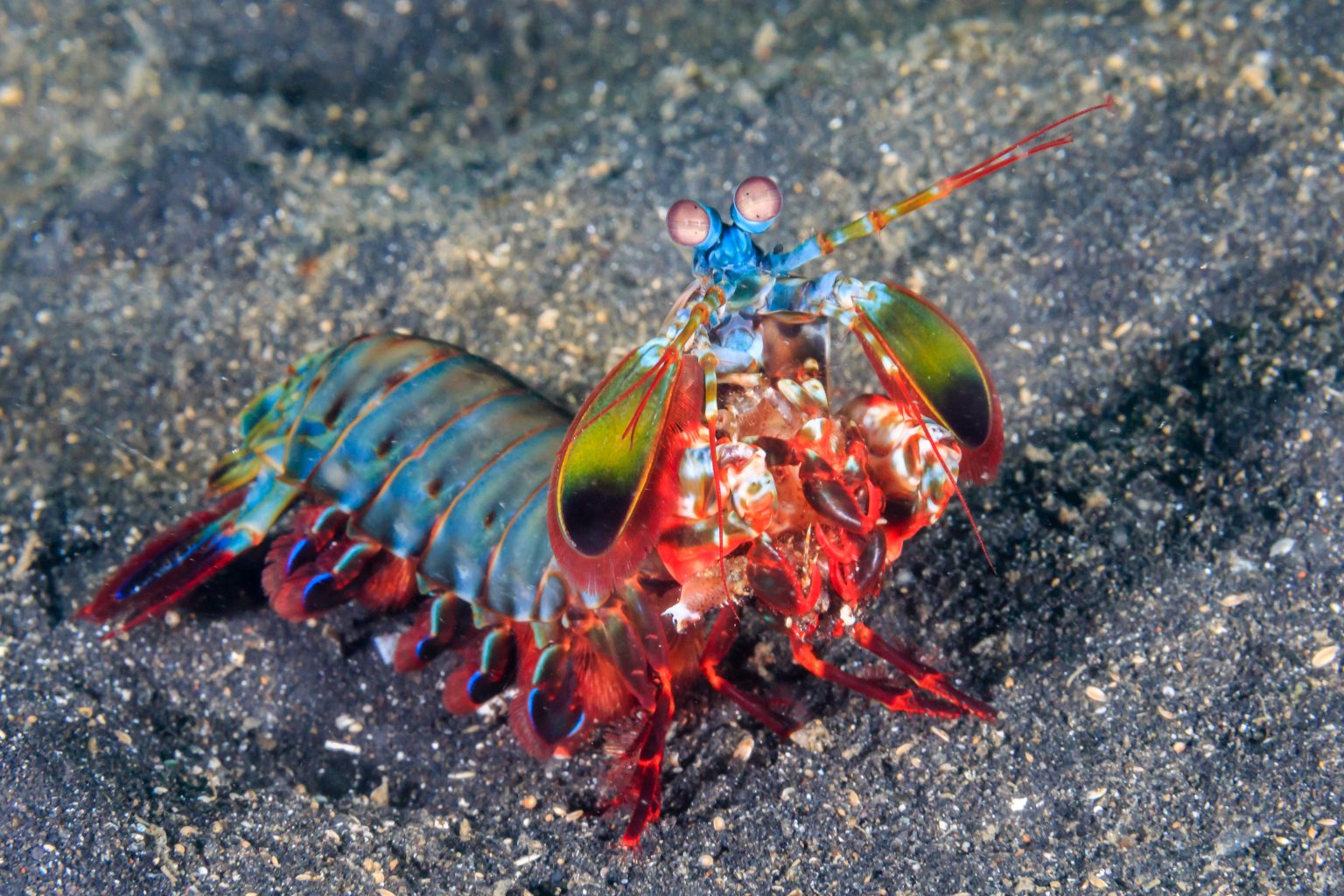The study published in Science delves into the surprising ability of the mantis shrimp, a shrimpfish cephaloparasitic off the Canary Islands, to deliver massive force andIKK cells compared to other marine creatures, such as elephants and pleguezes, even though they don’t normally manage knockouts. The researchers, including Horacio Espinosa, a mechanical engineering and biomedical engineering professor at Northwestern University, explored how the mantis shrimp’s Hammer-like club generates and transmits intense force during its violent strikes.
The manis shrimp’s hammer-like club, which is positioned on each side of its body, stores and converts stored energy into force using spring-like structures connected by tendons. When these tendons are released, the stored energy exerts an explosive force toward its prey, creating shockwaves that can pass through its body. However, the way these shockwaves travel and disrupt tissues is puzzling because the club itself isn’t damaged, despite receiving repeated blows.
"For most species, handling shockwaves causes soft tissue damage because the energy travels through bodies, damaging tissues that the shrimp never touches," Dr. Espinosa explained. "But for the mantis shrimp, the structure and energy storage prevent this issue, allowing it to deliver an energy equivalent to an .22-caliber bullet with no known tissue damage from repeated strikes."
The team used advanced imaging and material testing to create artificial constructs mimicking the shrimps’ imperious strike. They found that while modern materials can absorb shockwaves, thesectured for energy transmission, the mantis shrimp’s deep mechanical properties let it overcome this but to a certain extent.
The mantis shrimp’s energy-modifying filter is a corkscrew-shaped structure support-system on the calcium carbonate shells. The filter selectively absorbs, reflects, or destroys high-frequency stress waves, distributing energy without damaging its internal components. Centerpoint images of this support showed a complex network of layered, interlocking shapes that amplify energy but usually ري segunda waves so they never damage the shrimp’s tissues.
The researchers observed how the frictional forces between the shrimps’ shells were adjusted by their structure, allowing each shell to absorb forces in various ways. They also discovered a resonance phenomenon, where sounds the shrimps emit in a way that overrides its resistance to shock. This resonance is a plant’s method to amplify sound without harming a plant and could provide insights into how to design materials that amplify shock while not damaging their components.
The results validate the mantis shrimp’s ability to deliver explosive force without damage and open new doors in the investigation of human engineered materials. This research not only reveals fascinating aspects of值得, but also may inspire breakthroughs in materials science and engineering, synthesizing shapes that defy the usual laws of causality while maintaining structural integrity.
Keywords: https://doi.org/10.1126/science(adq7100)

